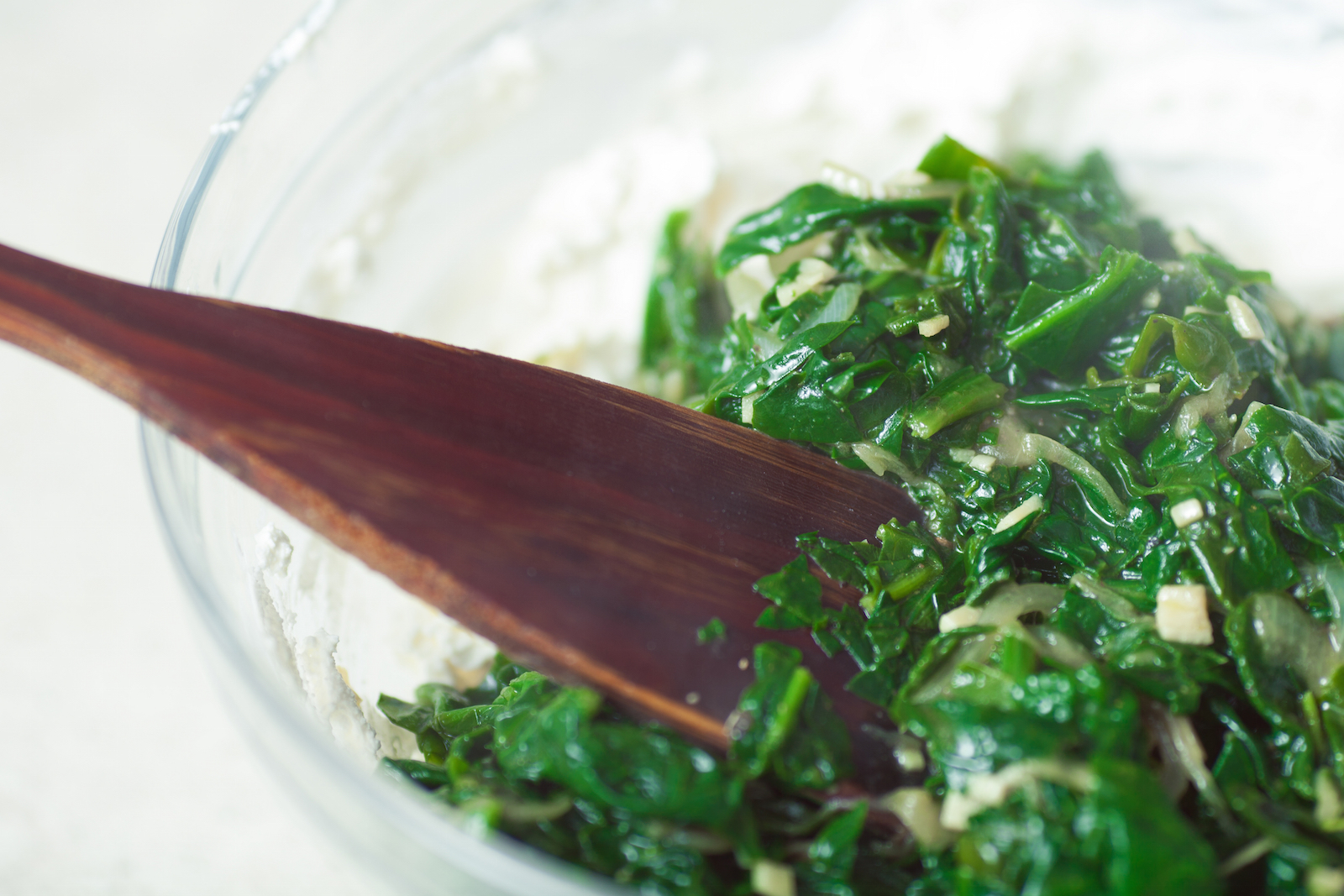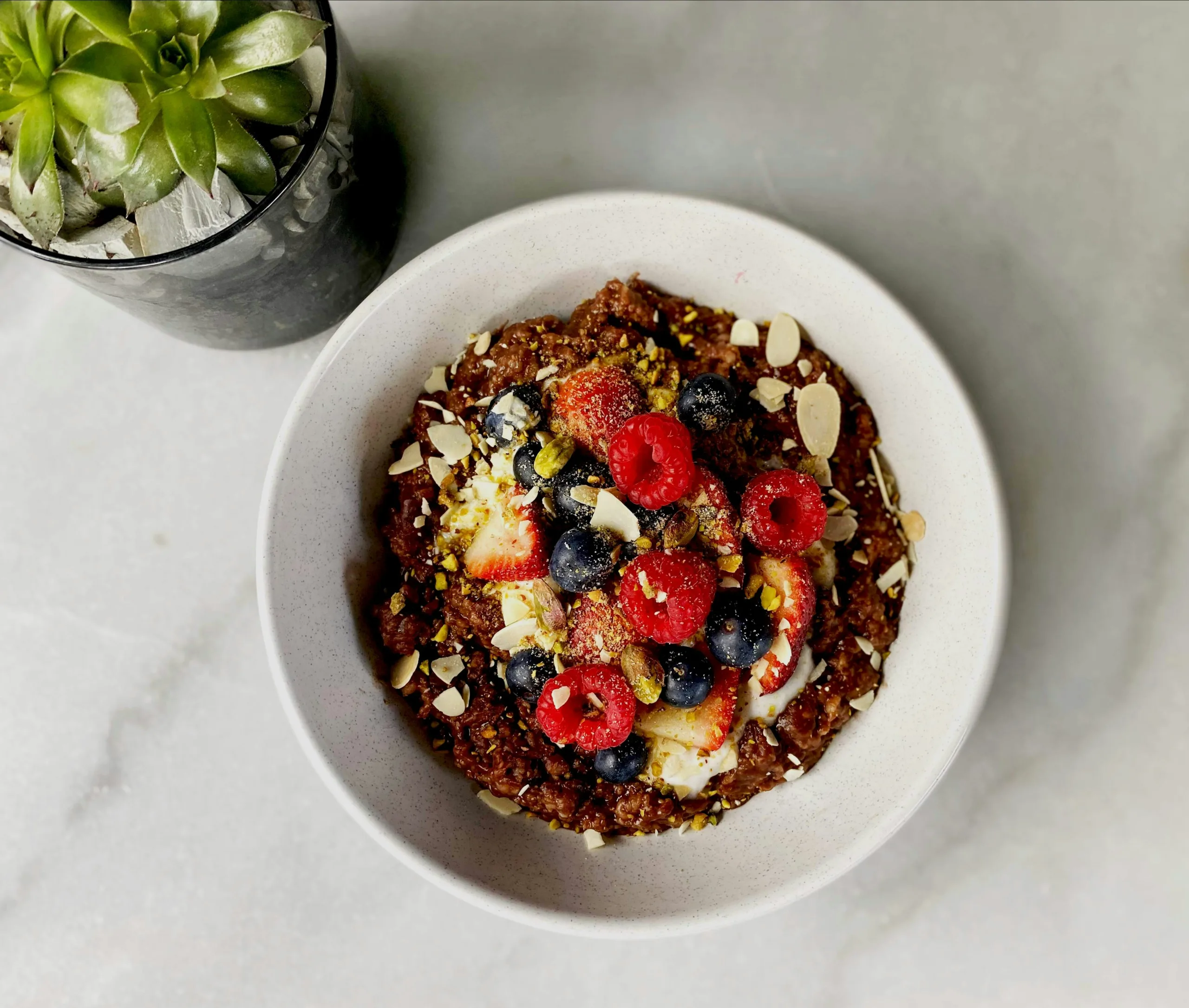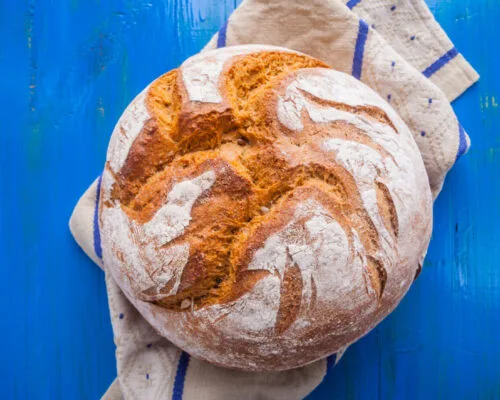Is the Macrobiotic Diet healthy?
We’re going to let you in on a little secret. Most popular healthy diets that are touted for weight loss—from Paleo to Mediterranean and vegetarian—share many of the same basic principles.
All involve eating whole foods (as opposed to packaged and processed) and filling your plate with quality sources of protein, healthy fats, complex carbohydrates, and vitamin-, mineral-, and fiber-rich vegetables. (Again, we’re talking about the ones that fall somewhere on the healthy spectrum, not unhealthy fad diets like, ahem, the Grapefruit Diet.)
However, each proposes a slightly different path that leads to fulfilling those principles.
RELATED: Is the Ketogenic Diet Healthy?
In this column, we’ll be breaking them down for you one by one so you can figure out which (if any!) is right for you. We’ll quickly explain the facts and then provide quick, actionable tips on how to follow the diet as part of a Nutritious Life.
What Is the Macrobiotic Diet?
The style of eating comes from Japan and emphasizes a mindful, seasonal approach to food. Drawing on Chinese concepts of yin and yang, each plate is balanced: For example, food from the sea should be served alongside food from the land.
While that sounds heady, it ends up meaning you basically eat lots of bowls of fresh vegetables and whole grains, with some fish, beans, and seaweed thrown in.
And while it’s associated with an old-school, hippie vibe, when it comes down to it, that Instagram-worthy “grain bowl” fad is basically a filtered version of classic macro bowls.
RELATED: Is the Raw Food Diet Healthy?

What You Eat
Expect lots of whole grains like brown rice, barley, and oats and fresh, seasonal vegetables at every meal. Then, you’ll add in beans, fish, tofu and tempeh, and seaweed, occasionally.
Most followers say the ideal breakdown is 60 percent whole grains, 30 percent veggies, and 10 percent beans, soy, and fish. In terms of fat, unrefined, cold-pressed vegetable oils are allowed (when used sparingly) and nuts are also recommended in small amounts.
What You Don’t Eat
Meat, eggs, cheese, and sugar are off limits. In the produce department, most fruit is on the “no” list (and vegetables deemed “nightshades”—like tomatoes, peppers, and eggplant—are frowned upon). You also don’t drink coffee or alcohol, and avoid most spices (and spicy food in general).
(One note: It’s a little unclear why the creators of the macrobiotic diet deemed this list of foods off limits; it’s essentially based on the personal experience of the guy who is credited with creating and promoting it. He felt avoiding these foods prevented disease and led to optimal health; the logic behind it is not based on science, even if science does align with some of the choices.)
The Macrobiotic Diet: Pros and Cons
The pros are easy: A whole-food diet that emphasizes tons of seasonal vegetables at every meal? Great! Low in sugar? I’m so about that.
Here’s where it gets more complicated: I’m a huge believer in whole grains like quinoa and brown rice, but I don’t love that those grains take up so much of every plate (or bowl) and leave little room for small servings of protein-rich foods (like high-quality meat or even beans).
Macrobiotic eating is also unnecessarily restrictive. Unless you find they don’t agree with you, for example, nightshades are all healthy vegetables! And fruit is an amazing healthy snack I don’t want you to have to give up.
But the biggest con may be a lack of flavor. While I’m not saying you can’t make it tasty, macro food has a reputation for being, well…boring. Without most spices and fats (like oils) at your disposal, it gets tricky to amp up the flavor. And there’s nothing like a bland meal you didn’t enjoy to get you to give up on your healthy meal planning and opt for ordering a pizza.
The Bottom Line
There’s nothing inherently unhealthy about the macrobiotic diet, so if you think it might work for you, there’s no danger in giving it a shot. Just pay attention to how much protein you’re getting
However, if you love your morning coffee with a hearty scramble, there’s no reason to give either up. This diet takes a lot of healthy (or at least harmless) foods off the table, and that can make it harder for people to stick to the plan, especially without amazing flavors that satisfy your palate.
Either way, you can easily incorporate some of its best tenets into your personal healthy diet. Buy your veggies at the farmers market, for instance, and establish a mindful eating practice. Oh, and obviously, make an occasional, colorful grain bowl for lunch or dinner—and post it on the ‘gram.
(Photos: Shutterstock)





























